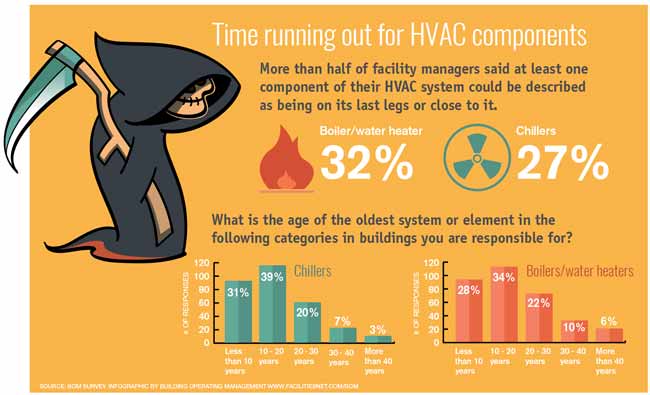The Ultimate Overview To Understanding Warm Pumps - Just How Do They Work?
The Ultimate Overview To Understanding Warm Pumps - Just How Do They Work?
Blog Article
Write- floor console heat pump Created By-Gissel Dickson
The most effective heatpump can conserve you considerable quantities of cash on power expenses. They can additionally help reduce greenhouse gas emissions, especially if you utilize electrical power in place of nonrenewable fuel sources like lp and home heating oil or electric-resistance furnaces.
Heat pumps work significantly the like a/c unit do. This makes them a sensible choice to standard electrical home heating unit.
Exactly how They Function
Heatpump cool homes in the summertime and, with a little help from electrical energy or natural gas, they supply several of your home's heating in the wintertime. They're a good choice for individuals who intend to lower their use fossil fuels however aren't ready to change their existing heater and air conditioning system.
They depend on the physical reality that even in air that seems as well cool, there's still power existing: cozy air is constantly relocating, and it wishes to relocate right into cooler, lower-pressure environments like your home.
Most ENERGY STAR certified heat pumps run at near to their heating or cooling capability throughout a lot of the year, decreasing on/off biking and conserving power. For the very best performance, focus on systems with a high SEER and HSPF rating.
The Compressor
The heart of the heatpump is the compressor, which is likewise known as an air compressor. This mechanical moving gadget makes use of potential energy from power development to enhance the pressure of a gas by decreasing its volume. It is various from a pump in that it just services gases and can't collaborate with fluids, as pumps do.
Atmospheric air goes into the compressor through an inlet shutoff. It travels around vane-mounted arms with self-adjusting size that split the inside of the compressor, developing numerous tooth cavities of varying size. The rotor's spin forces these tooth cavities to move in and out of stage with each other, compressing the air.
The compressor reels in the low-temperature, high-pressure cooling agent vapor from the evaporator and presses it right into the warm, pressurized state of a gas. This process is repeated as required to provide home heating or air conditioning as called for. The compressor additionally contains a desuperheater coil that reuses the waste warm and adds superheat to the refrigerant, altering it from its liquid to vapor state.
The Evaporator
The evaporator in heat pumps does the exact same point as it does in refrigerators and ac system, changing liquid cooling agent right into a gaseous vapor that eliminates heat from the space. Heat pump systems would certainly not function without this vital piece of equipment.
This part of the system is located inside your home or building in an interior air trainer, which can be either a ducted or ductless system. It includes an evaporator coil and the compressor that presses the low-pressure vapor from the evaporator to high pressure gas.
Heat pumps take in ambient heat from the air, and after that utilize electrical power to move that heat to a home or service in home heating setting. https://docs.google.com/spreadsheets/d/1M4QoRQBniATnnSlfIthVFhYczUgYJf4lKxw942n_dzQ/edit?gid=1074771488#gid=1074771488 makes them a whole lot extra power reliable than electric heating systems or heaters, and because they're making use of tidy electrical power from the grid (and not melting gas), they also produce much fewer emissions. That's why heatpump are such terrific ecological choices. (In addition to a huge reason why they're becoming so popular.).
The Thermostat.
Heat pumps are great choices for homes in chilly climates, and you can utilize them in mix with typical duct-based systems and even go ductless. They're a wonderful alternate to fossil fuel heater or typical electric heaters, and they're more sustainable than oil, gas or nuclear cooling and heating equipment.
Your thermostat is one of the most vital part of your heatpump system, and it works extremely differently than a traditional thermostat. All mechanical thermostats (all non-electronic ones) work by using materials that transform size with raising temperature, like curled bimetallic strips or the broadening wax in a vehicle radiator shutoff.
These strips consist of 2 various sorts of steel, and they're bolted with each other to develop a bridge that finishes an electric circuit connected to your HVAC system. As the strip gets warmer, one side of the bridge expands faster than the other, which creates it to bend and signal that the heating unit is needed. When the heat pump is in heating setting, the turning around valve reverses the circulation of refrigerant, so that the outside coil now operates as an evaporator and the interior cylinder ends up being a condenser.